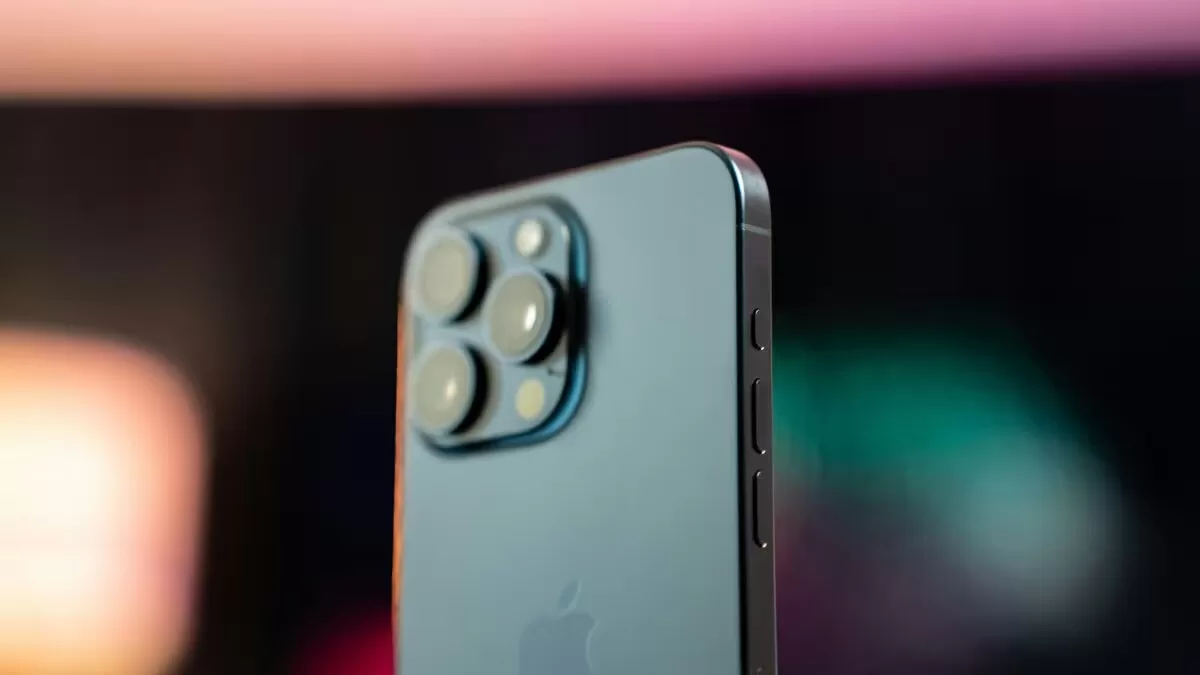No iPhone 17 Plus next year, but there could be an iPhone 17 Slim, claims report
iPhone 17 Design Change Promises Long-Overdue Upgrade, New Report Claims
A recent report has revealed that Apple’s upcoming iPhone 17, expected to launch in September 2024, will address one of the most criticized aspects of the iPhone 16: its display. While the iPhone 16 series just hit the market, some users have expressed disappointment with the display’s performance, especially compared to Android competitors. However, according to sources close to Apple, the iPhone 17 is set to bring a significant improvement that many users have been waiting for.
The current iPhone 16 models, although equipped with OLED screens, are limited to a fixed 60Hz refresh rate. This limitation becomes more apparent when compared to the iPhone 16 Pro models, which feature ProMotion technology that allows the refresh rate to dynamically adjust up to 120Hz. This results in smoother scrolling, enhanced video playback, and a more responsive user experience. The difference is particularly noticeable when swiping through menus or navigating apps, where the Pro models offer a fluid and seamless interaction.
ProMotion technology is not new to Apple. It has been a key feature in the Pro versions of iPhones for a few years now. The dynamic refresh rate, which can scale from as low as 1Hz up to 120Hz, has been a game-changer, particularly for battery efficiency. When static content is displayed, such as a still photo or text, the refresh rate drops significantly to conserve battery power. However, when the user interacts with the screen, such as when playing a game or watching a video, the refresh rate quickly ramps up to deliver smooth performance.
One of the standout features of the Pro models is the always-on display, which allows users to view the time, notifications, and widgets without having to tap the screen. This feature, made possible by the low refresh rate, has been missing from the standard iPhone models like the iPhone 16 and iPhone 16 Plus. Many Apple fans have been vocal about wanting this feature in the more affordable versions of the iPhone.
Apple’s rivals, particularly in the Android market, have been quick to adopt higher refresh rates in their devices. Many Android smartphones, even at lower price points, offer displays with 120Hz refresh rates. This has put pressure on Apple to catch up, as some users feel that the company has been lagging behind in this aspect. Despite Apple’s reputation for high-quality screens, the lack of ProMotion in the non-Pro iPhones has been seen as a drawback, especially when considering the premium price tag.
According to Ross Young from Display Supply Chain Consultants, who has a reliable history of accurate Apple predictions, the iPhone 17 will finally bring ProMotion to the standard models. If this report is accurate, it will be a welcome change for iPhone users who have been eager to see this technology across the entire lineup. Young’s report also suggests that the larger iPhone 17 variant, which might be named “iPhone 17 Air” instead of “iPhone 17 Plus,” will include ProMotion as well.
The introduction of ProMotion to the iPhone 17 and iPhone 17 Air would not only improve the user experience but also help Apple keep pace with competitors. It would bring the smoother, more responsive display technology that Pro users have enjoyed to a broader audience. However, details about the minimum refresh rate for the iPhone 17 models are still unclear. Whether Apple will go as low as 1Hz, as seen in the Pro models, or opt for a higher base refresh rate remains to be seen.
Despite the excitement around this potential upgrade, some are wondering why it has taken so long for Apple to bring ProMotion to the standard iPhones. The answer likely lies in the balance between cost and performance. Implementing ProMotion technology requires more advanced hardware, which could drive up the manufacturing costs. Apple has likely been waiting for the technology to become more affordable before introducing it to its non-Pro models.
Another factor to consider is battery life. While ProMotion offers significant advantages in terms of user experience, it can also consume more power if not managed properly. Apple has always been cautious about battery performance, and it’s possible that the company has been working on optimizing the technology to ensure that it doesn’t negatively impact battery life in the iPhone 17 models.
If the rumors are true, the iPhone 17 will mark a major step forward for Apple, particularly in terms of display technology. The addition of ProMotion to the standard iPhone models could be the upgrade that many users have been waiting for. It would bring Apple back in line with competitors and offer a more premium experience to a wider range of customers.
As we wait for official confirmation from Apple, the excitement is already building. For those who have been disappointed by the lack of ProMotion in the iPhone 16, the iPhone 17 promises to be the upgrade they’ve been hoping for. With its expected launch in September 2024, Apple fans will have to wait just a little longer to see if the iPhone 17 lives up to the hype.
#iPhone17 #AppleUpgrade #TechNews #ProMotionDisplay #SmartphoneTrends
